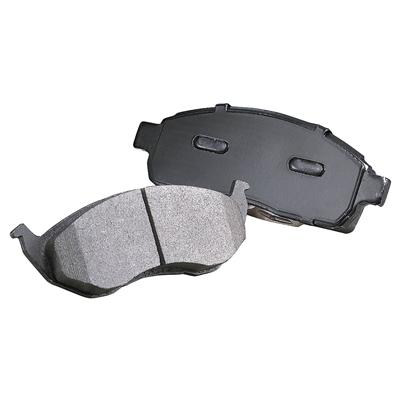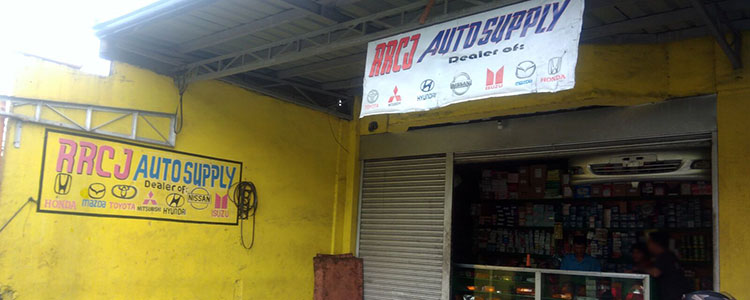Differences between domestically produced and imported BMWs
Introduction:
BMW is one of the most popular luxury car brands in the world, and it’s no secret that there are both domestically produced and imported BMWs available on the market. In this article, we will explore the differences between domestically produced and imported BMWs, and highlight the features and advantages of domestically produced BMWs over their imported counterparts.
Section 1: Manufacturing Process
When it comes to BMWs, the manufacturing process is an important factor to consider. Domestically produced BMWs are made in China, while imported BMWs are made in Germany and other countries. The manufacturing process for domestically produced BMWs is subject to strict quality control measures, ensuring that each vehicle meets the high standards set by the company. In contrast, imported BMWs may not be subject to the same level of quality control, which can result in inconsistencies in the final product.
Section 2: Pricing
Another important factor to consider when comparing domestically produced and imported BMWs is pricing. Domestically produced BMWs are generally less expensive than their imported counterparts, due to lower manufacturing costs and reduced import tariffs. This makes domestically produced BMWs a more affordable option for consumers who want to own a luxury car without breaking the bank.
Section 3: Features and Advantages
When it comes to features and advantages, domestically produced BMWs have a lot to offer. For one, they are designed specifically for the Chinese market, taking into account the unique needs and preferences of Chinese consumers. This means that domestically produced BMWs come with a range of features that are tailored to meet the demands of Chinese drivers, such as larger back seats for families and improved air conditioning systems for hot and humid climates.
Domestically produced BMWs also come with a longer warranty period compared to their imported counterparts, which can be a major selling point for consumers. Additionally, domestically produced BMWs are equipped with a range of safety features, including advanced driver assistance systems and improved braking systems, which can help prevent accidents and keep drivers safe on the road.
Conclusion:
while both domestically produced and imported BMWs have their own unique features and advantages, domestically produced BMWs have a lot to offer Chinese consumers. With strict quality control measures, lower pricing, and a range of tailored features and advantages, domestically produced BMWs are a great option for anyone looking to own a luxury car in China.
Factors to consider when choosing between the two
Introduction:
Making a decision can be a daunting task, especially when you have to choose between two options. Whether it’s deciding on which college to attend, which job offer to accept, or which city to live in, there are several factors that you need to consider before making your final decision. In this article, we will discuss the key considerations for making a decision and how to choose between two options.
1. Identify Your Priorities:
The first step in making a decision is to identify your priorities. What is most important to you? Is it the salary, location, work-life balance, or job security? By identifying your priorities, you can narrow down your options and make an informed decision.
2. Evaluate the Pros and Cons:
Once you have identified your priorities, the next step is to evaluate the pros and cons of each option. Make a list of the advantages and disadvantages of each option. This will help you weigh the pros and cons and make a rational decision.
3. Consider the Long-Term Implications:
When choosing between two options, it’s important to consider the long-term implications of your decision. How will your decision impact your future? Will it help you achieve your long-term goals? Consider the potential consequences of your decision and how they will affect your life in the long run.
4. Seek Advice from Others:
Sometimes, it can be helpful to seek advice from others when making a decision. Talk to people who have experience in the field or have faced a similar decision in the past. Their insights and perspectives can help you gain a better understanding of the options and make an informed decision.
5. Trust Your Gut:
trust your gut. Sometimes, your instincts can guide you in the right direction. If you have a strong feeling about one option, it may be worth considering it further. However, make sure that your gut feeling is based on sound reasoning and not just a hunch.
Conclusion:
Choosing between two options can be a challenging task, but by considering these key factors, you can make an informed decision. Identify your priorities, evaluate the pros and cons, consider the long-term implications, seek advice from others, and trust your gut. By following these steps, you can make a decision that aligns with your goals and values.
When we’re choosing between domestically produced and imported BMWs, there are a few key factors to consider. Firstly, the price difference can be significant – domestically produced BMWs are generally cheaper than imported ones. However, imported BMWs often have better quality and more advanced technology. Another factor to consider is the availability of parts and maintenance services. Domestically produced BMWs may have more readily available parts and services, while imported BMWs may require more effort to maintain. Ultimately, the choice between domestically produced and imported BMWs will depend on your individual needs and preferences. It’s important to weigh the pros and cons carefully before making a decision.


